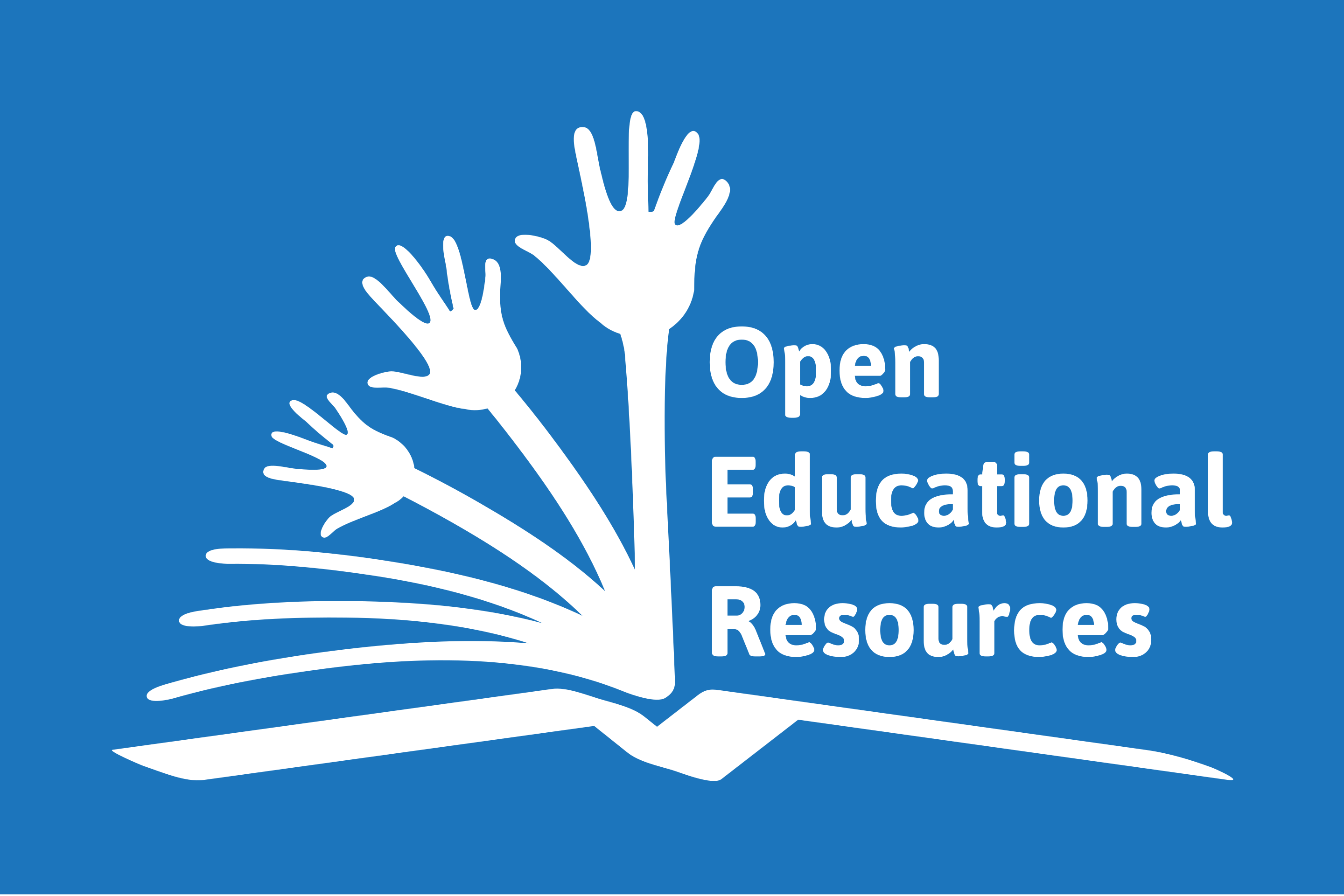Students find themselves in a context in which the world, and education resources, are both becoming more global (through internet technology) and more local (reflecting local specificities). Similarly, both localisation and globalisation are factors that strongly affect issues around peace and conflict studies, such as mediation and migration. Willems and Bossu (2012, 187) suggest that education is becoming increasingly ‘glocal’, with the danger that it “serves to perpetuate the status quo of existing power relations from one region to the next”. Our project attempts to counter that by producing knowledge on cooperative basis.

One way of doing this is through the production of Open Educational Resources (OER), namely, resources that “reside in the public domain or have been released under an intellectual property license that permits their free use or re-purposing by others”(Atkins, Brown, & Hammond, 2007, p. 4). Willems and Bossu (2012, 187) are interested in the degree to which OER enhances or perpetuates equity, discussing the democratisation of knowledge it allows as well as the problems of access. Not only do certain parts of the world face the challenge of access to the internet and technology, but online educational materials may be inaccessible because of the language used, including the socio-cultural ‘language’ assumed to be universal (cultural references, slang, reference popular culture or a particular canon of knowledge etc). Willems and Bossu (2012, 192) speak of the need to “contextualise” knowledge and that knowledge needs to be produced locally in order to reflect the differentiated needs and contexts of students (they reference Panke 2011; Matkin 2009).
sources:
Atkins, D. E., Brown, J. S. & Hammond, A. (2007). A Review of the Open Educational Resources (OER) Movement: Achievements, Challenges, and New Opportunities. http://hewlett.org/wp-content/uploads/2016/08/ReviewoftheOERMovement.pdf
Willems, J. & Bossu, C. (2012). Equity considerations for open educational resources in the glocalization of education. Distance Education, 33(2), 185-199.